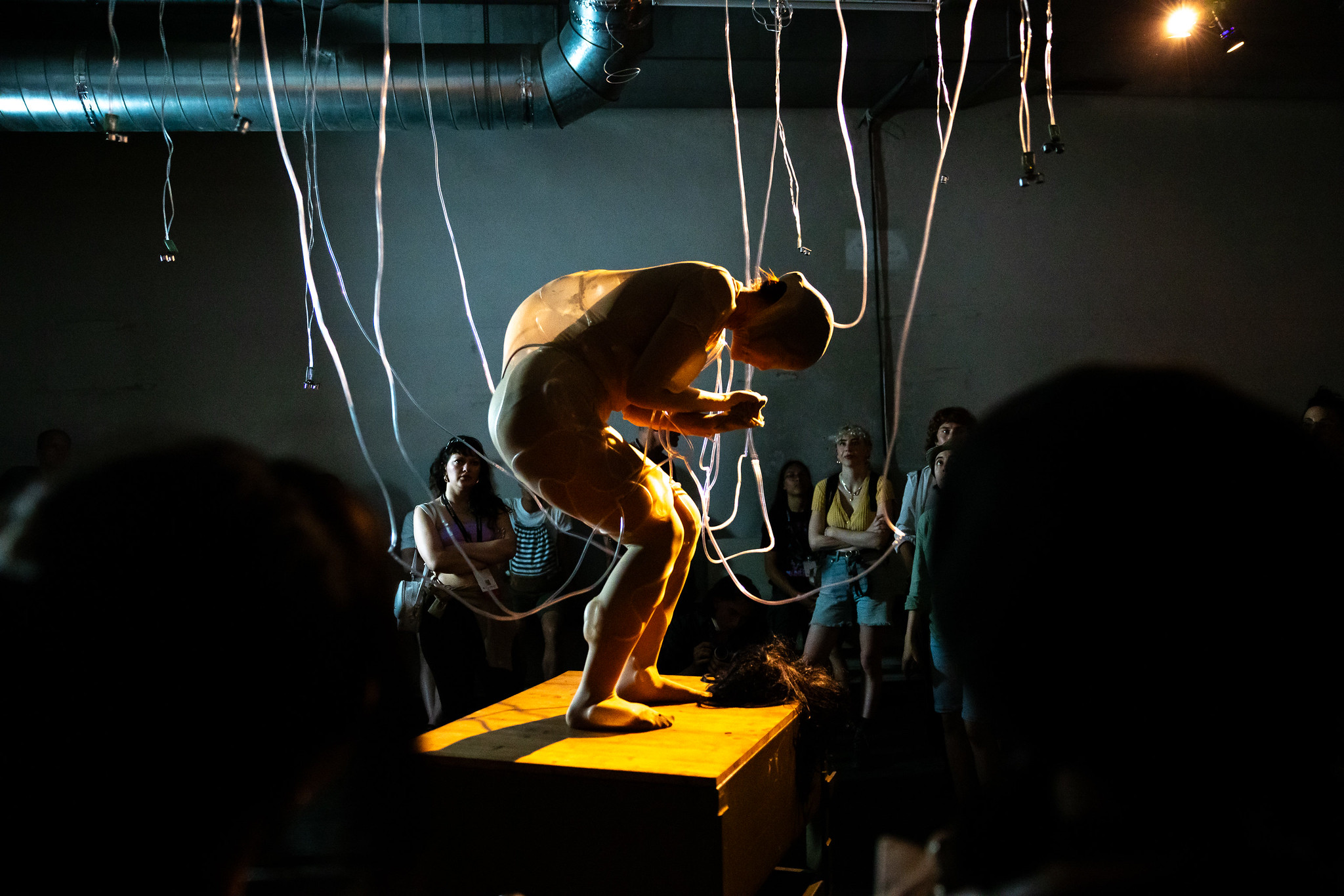Can there be a correct way to perceive this world when every sentient being experiences it differently? In experience, everything is subjective. How can we exchange subjective impressions among ourselves? How does the act of interpreting and communicating these diverse experiences influence our perceptual capabilities, our priorities, and the way we act based on our senses?
The exhibition explores the means of perception and sensing, presenting intimate, collective, or research-based artistic perspectives — seeking strategies for understanding human relations to shared sentience beyond words and language.
Captured traces of thoughts, a self-sufficient instrument, an artist‘s body being shaped by the audience’s gaze and two installations that invite to experience and manipulate auditory (self-)perception — the five artworks reflect on various facets of navigating a technologized world from a post-digital viewpoint.
The exhibiting artists are students from the Media Art & Design at Bauhaus University, Weimar. Their projects follow a media-reflective approach, focusing on sensing, sensors and sense-making, challenging conventional perceptions and striving to interweave different realities.
sense & sense-abilities encourages a re-evaluation of our sensory world and the value we place on different experiences, inviting the audience to engage with the subjective nature of sensation and the complexities of exchanging these with each other.
-

Heart to Heart
Chanitnanth Phadungnanonth (TH)
Exploring non-verbal communication using heartbeats as an input Heart to Heart is an interactive installation that transcends digital, verbal and physical barriers through the universal language of heartbeats. This installation allows participants to explore deep connections, fostering a journey of empathy and self-discovery.
-
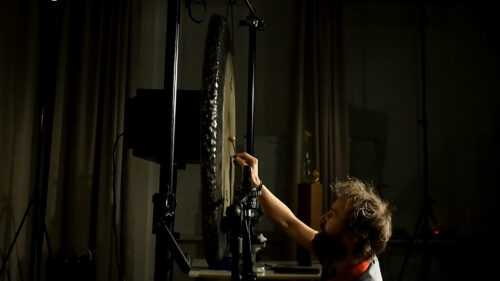
Homeostat
Emil Torp (DE)
A Tam Tam playing itself A system whose altering parameters perpetually grapple with achieving stability while guarding against chaos.
-
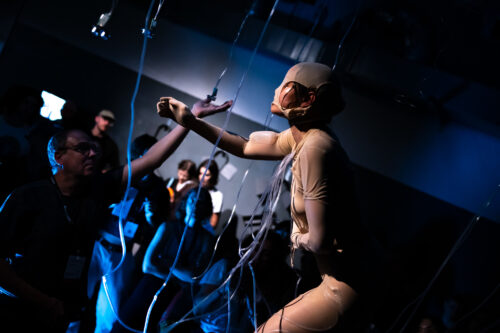
The Brainless Dancer
Passion Asasu (TH)
Durational performance and installation An interactive performance explores the dynamics of female bodies under patriarchy and capitalism. It highlights invisible social forces symbolized by elements of air and distance, representing shared breath and influential factors that transcend physical space.
-
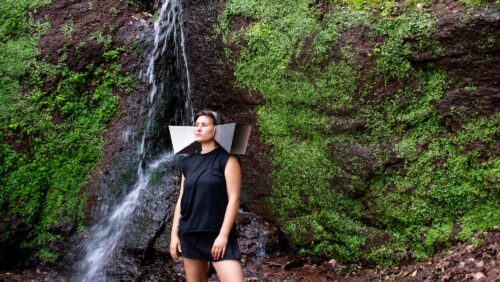
Unhearing
Amelia Eickhoff (DE)
Analog devices for sonic experiences The human auditory system shapes our perception of sound. A large part of this system is the outer ear, the anatomical structure which influences the way we hear and interpret sounds.
-
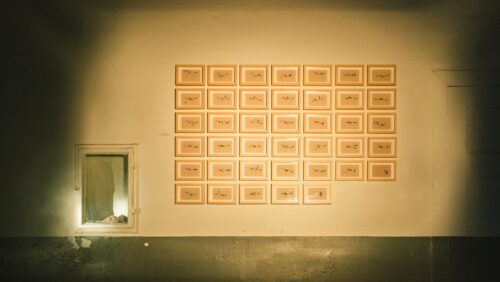
We were walking on the beach
Dahye Seo (KR)
We were walking on the beach is a performative installation. It senses the inherent vitality of non-human entities such as molecules and spirits that humans cannot control. This work adopts the 49 funeral rituals of Mahayana Buddhism in its form.

Bauhaus University Weimar – Media Art and Design (DE)
The Bauhaus, the most influential design school in the 20th century, was founded in 1919 at our main building on campus. Distinguished experts from various disciplines and countries have worked here together with their students to revolutionize education. They have left a permanent mark on the design of the living world through modern art, technology and science. What they produced was an answer to the burning questions of art, culture and society in the modern age.
Credits
Curated by Quadrature (Juliane Götz, Sebastian Neitsch), Mindaugas Gapševičius, Cosmo Schüppel, Amelia Eickhoff / Gestaltung Medialer Umgebungen (Media Environments) / Chair of Prof. Ursula Damm
The department organized an internal, collective curation process to encourage students to participate democratically in choosing the participants.
STIL – Stiftung Innovation in der Hochschullehre

